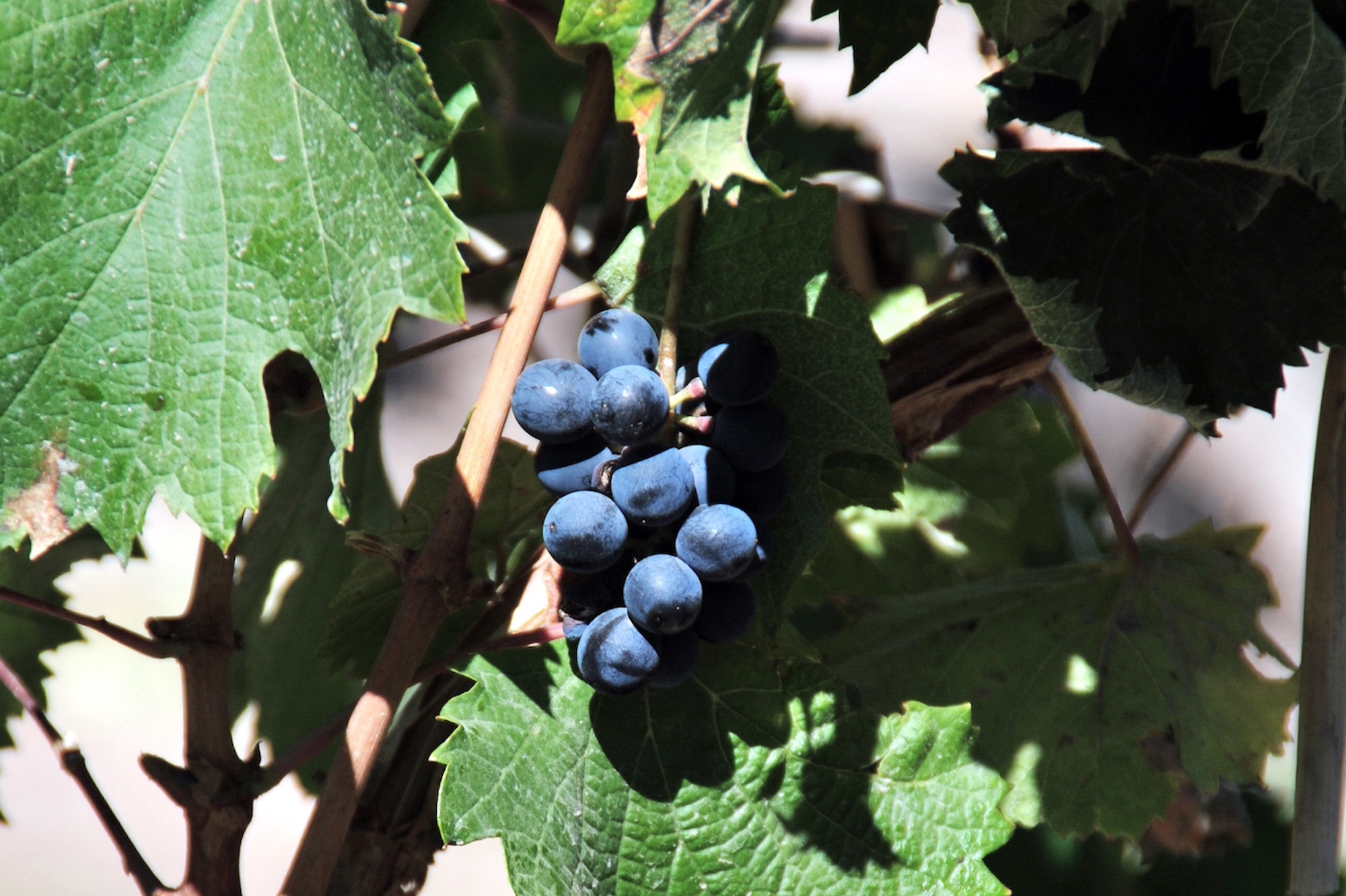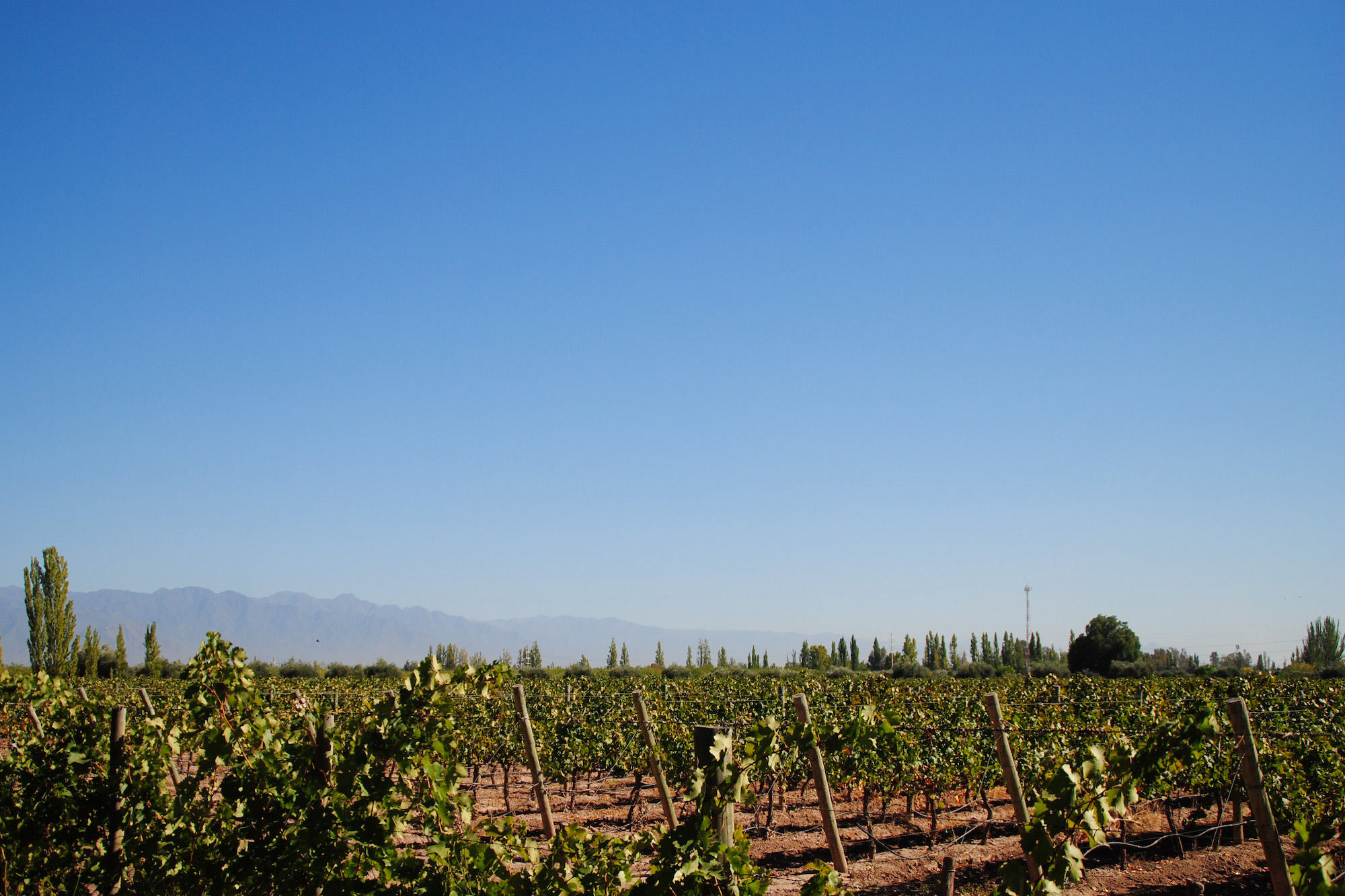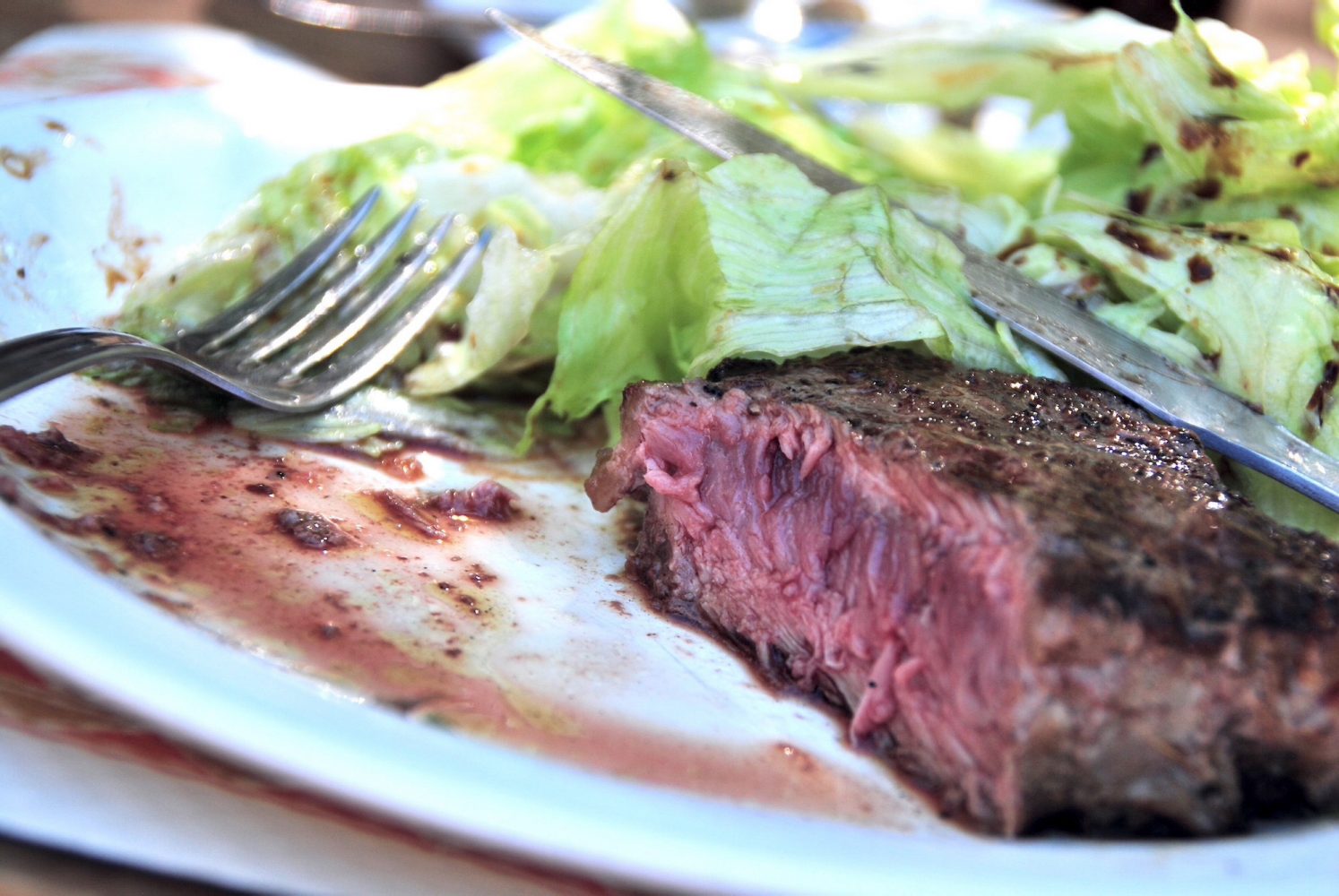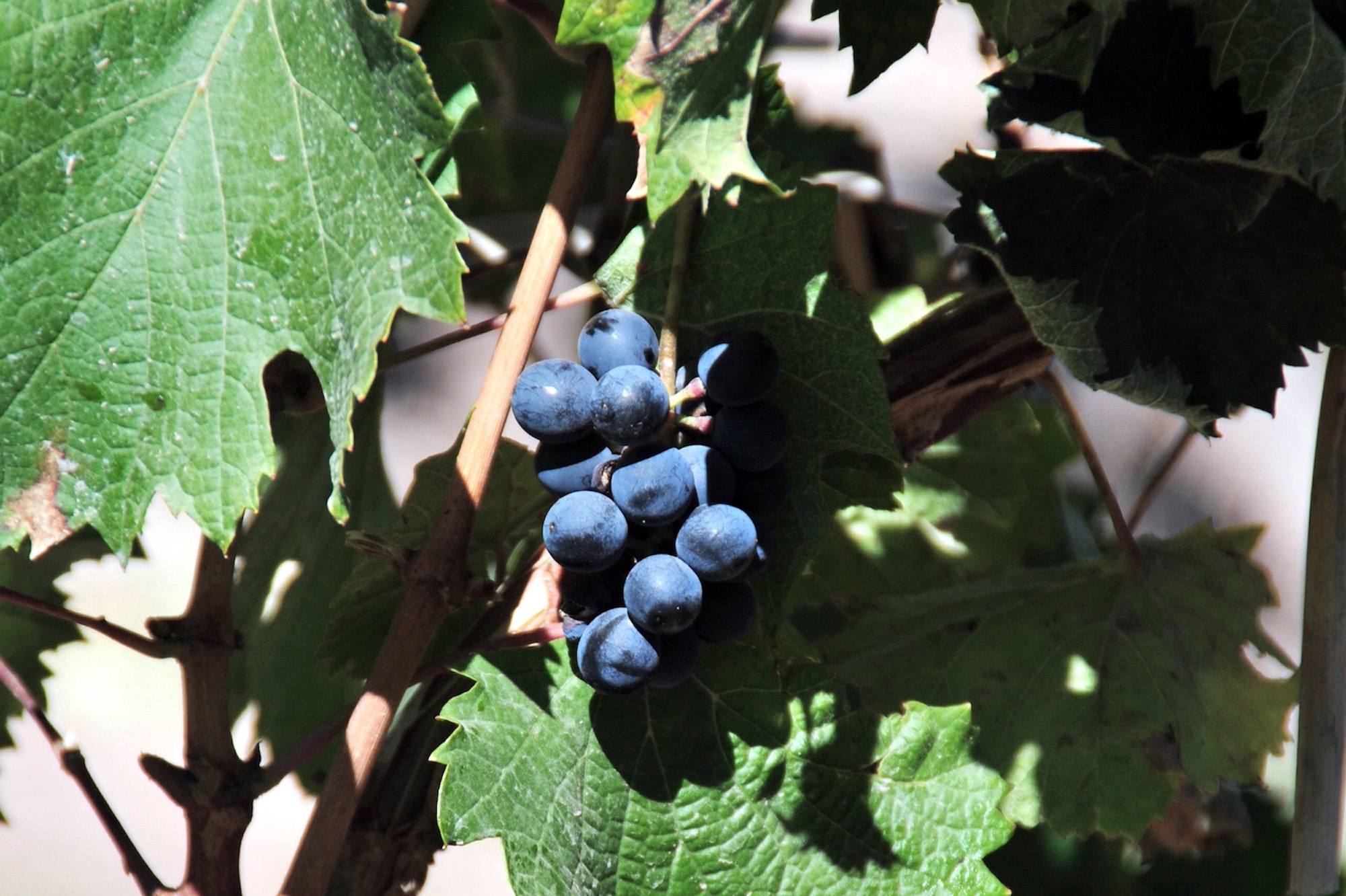At this point, visiting wineries when one travels is so common that it almost isn’t bougey anymore. This wasn’t yet the case back in 2011, which was the first time I visited Argentina’s Mendoza. Back then, there was something novel about non-rich people spending their day amid vineyards.

(Never mind doing this in a country like Argentina, with a wine whose origin story is as sad as malbec’s. But more on both of these things in just a moment.)
The main purpose of this post is to answer a simple question: is Mendoza worth visiting? The simple answer is “yes,” although—if we’re being honest—no question in travel is really ever simple enough to answer with a single world.
Where to Stay in Mendoza
Before I get into some of the reasons that I think Mendoza is worth visiting, we should discuss the issue of where to stay when you go there. As I’ll explain in greater detail later in this article, the wineries that draw most people to Mendoza are not actually in the city center. Therefore, it may not make sense for you to stay in the heart of town, depending upon your preferences.
If you want the convenience of being in central Mendoza (which isn’t without its charms—more on those in a second), you could stay at a place like Condor Suites Apart Hotel, and simply go by bus to Maipú (where the wineries are) by bus on one or more day trips. Alternatively, if you want to fully immerse yourself into Argentina’s Napa Valley, somewhere in the vein of Posada Cavieres Wine Farm might be a better choice.

What to Do in Mendoza
Rent a bike
Once you ride the bus from the heart of Mendoza to Maipú, you have one more task: Finding a way to get around. While some travelers will have their own vehicles and others will simply hire a taxi for the day, bicycle is by far the most relaxing and enjoyable way to navigate Mendoza’s wineries.
Visit as many wineries as possible
Let’s be frank: Wineries are most of what make Mendoza worth visiting. As a result, whether you visit commercial malbec producers like Trapiche, or family vineyards like Familia di Tomasso, tour as many as possible to get the most well-rounded experience. Just bike carefully if you’re drunk!
Feast on steak
Nothing pairs better with world-leading Argentinian beef than a Mendoza malbec. Thankfully, many vineyards (especially smaller ones) offer food, so regardless of which cut you prefer and how you like it cooked (medium rare or pinker, for me), you’ll eat and drink well here.

Don’t forget Mendoza’s city center
I’ll be honest: I don’t find Mendoza worth visiting based solely on the attractions within its city center. With this being said, I don’t think you should completely neglect them, even if the sprawling Parque General San Martín is the only one that personally appeals to me.
Plot your next move
Argentina is a huge country—and Mendoza is only the beginning. Do you continue exploring the Andeans foothills and continue to a place like Salta, head east to Cordoba or Buenos Aires, or southward into Patagonia? Maybe you’re finishing up in Argentina, and head over the mountains into Chile.
How Many Days Should You Spend in Mendoza?
In an ideal world, you could hole up in Mendoza (or Maipú) for a week, and pretend the rest of the world doesn’t exist. Unfortunately, this is impractical for a variety of reasons, first among them being the size of Argentina. There’s just too much else to see there (not to mention, the rest of South America) to spend more than a few days of your trip in Mendoza.
To put it another way, Mendoza is worth visiting even if you only spend a couple of days here. In fact, I’d say that one full day amid the wineries and another in the city center is just what you need. When taken in the sum of your broader trip to Argentina, these days will stand out as being among the most unique. (I mean assuming you don’t visit Salta, which has its own incredible wineries.)

When should I go to Mendoza, Argentina?
Mendoza’s rainy season is short, usually lasting from late December to early March. Ideally, you’d visit during April and May, when the warmth of the southern summer lingers, but as the harvest begins to take place. While you can still enjoy food and wine during the winter, to me the experience is not quite the same.
What is so special about Mendoza?
Mendoza is located in the foothills of the Andes, in one of Argentina’s most fertile valleys. This has created ideal conditions for the cultivation of malbec wine, which has spawned a culinary culture and huge tourism interest, which has been exponentiated by the low cost of traveling in Argentina in recent years.

Robert Schrader is a travel writer and photographer who’s been roaming the world independently since 2005, writing for publications such as “CNNGo” and “Shanghaiist” along the way. His blog, Leave Your Daily Hell, provides a mix of travel advice, destination guides and personal essays covering the more esoteric aspects of life as a traveler.








